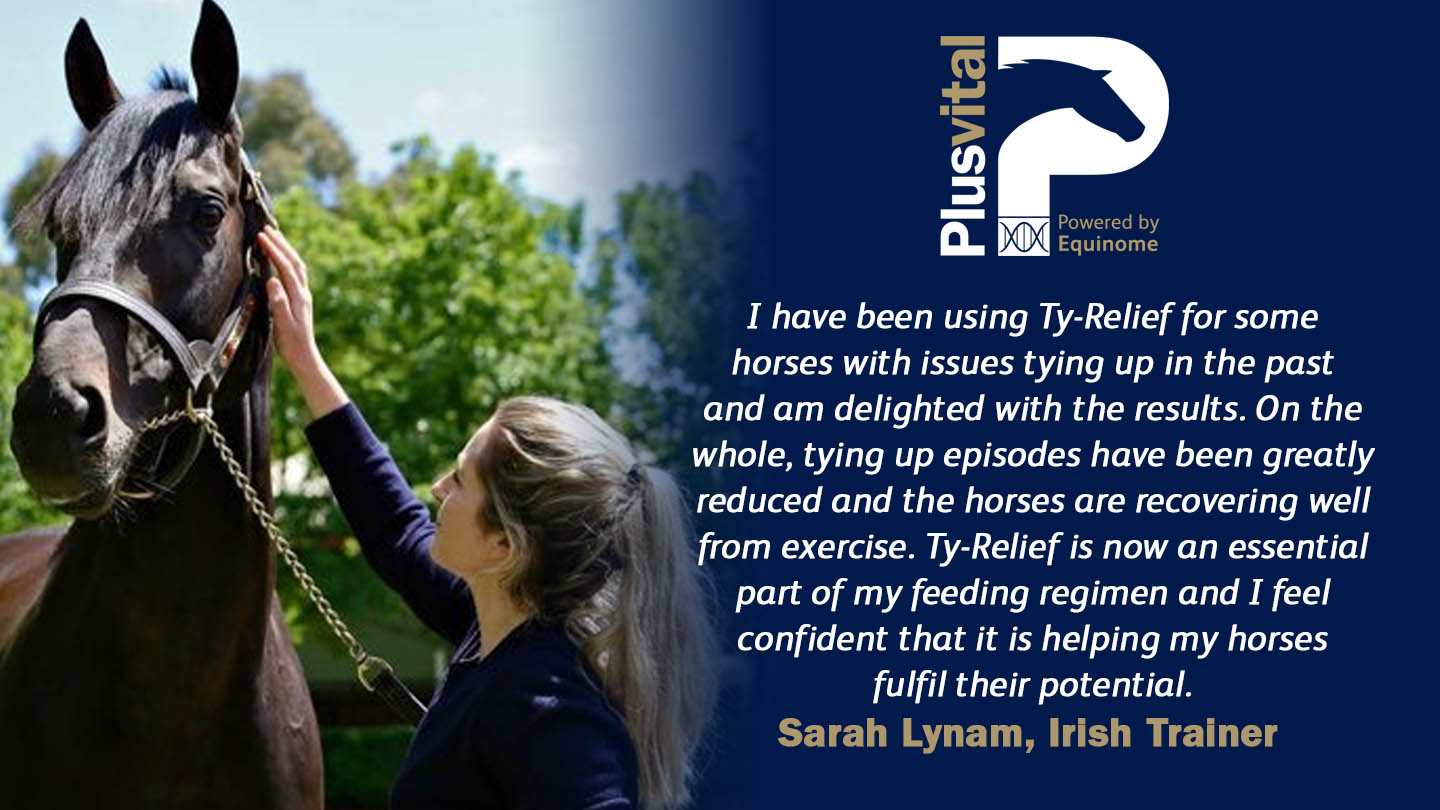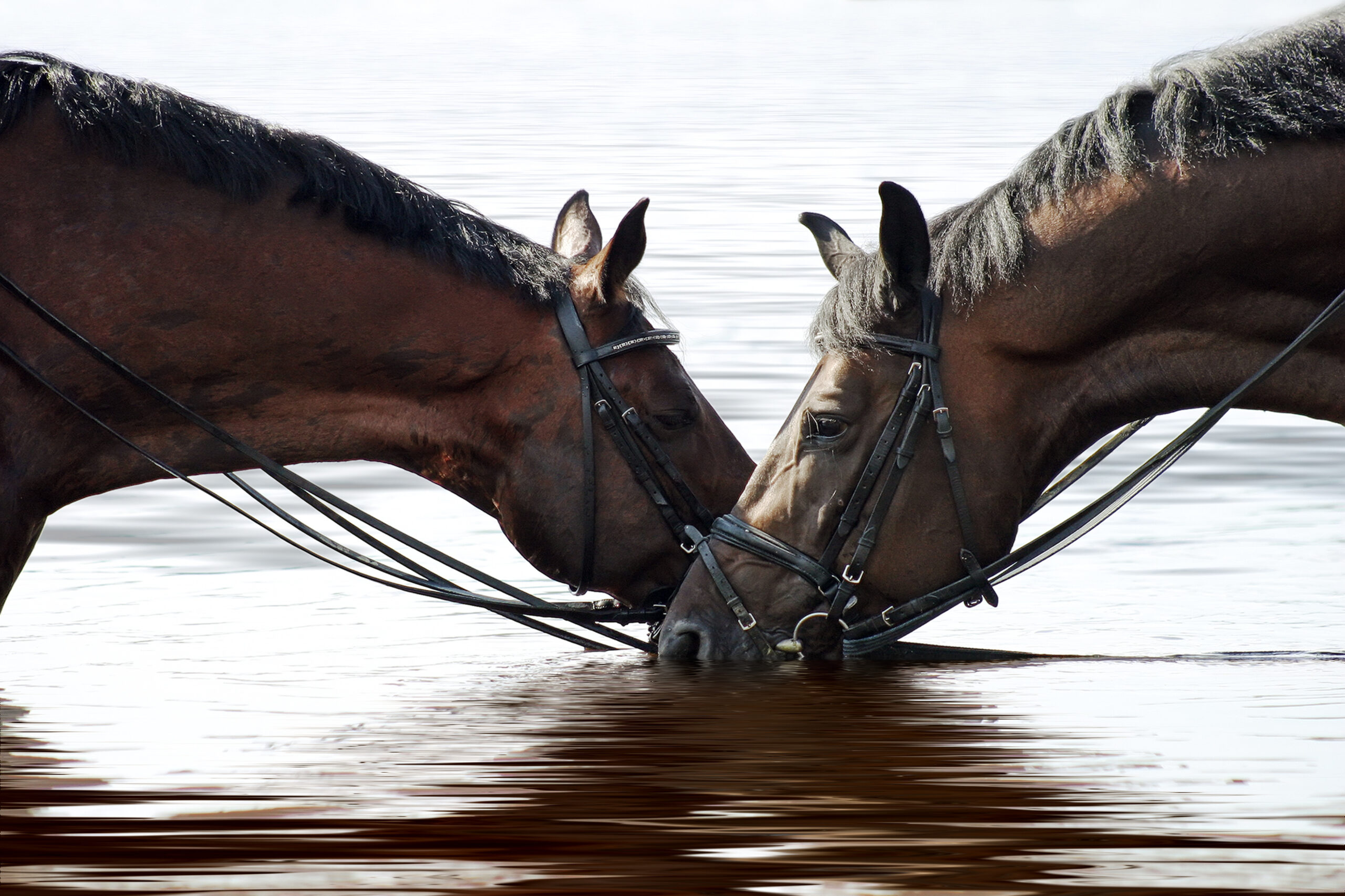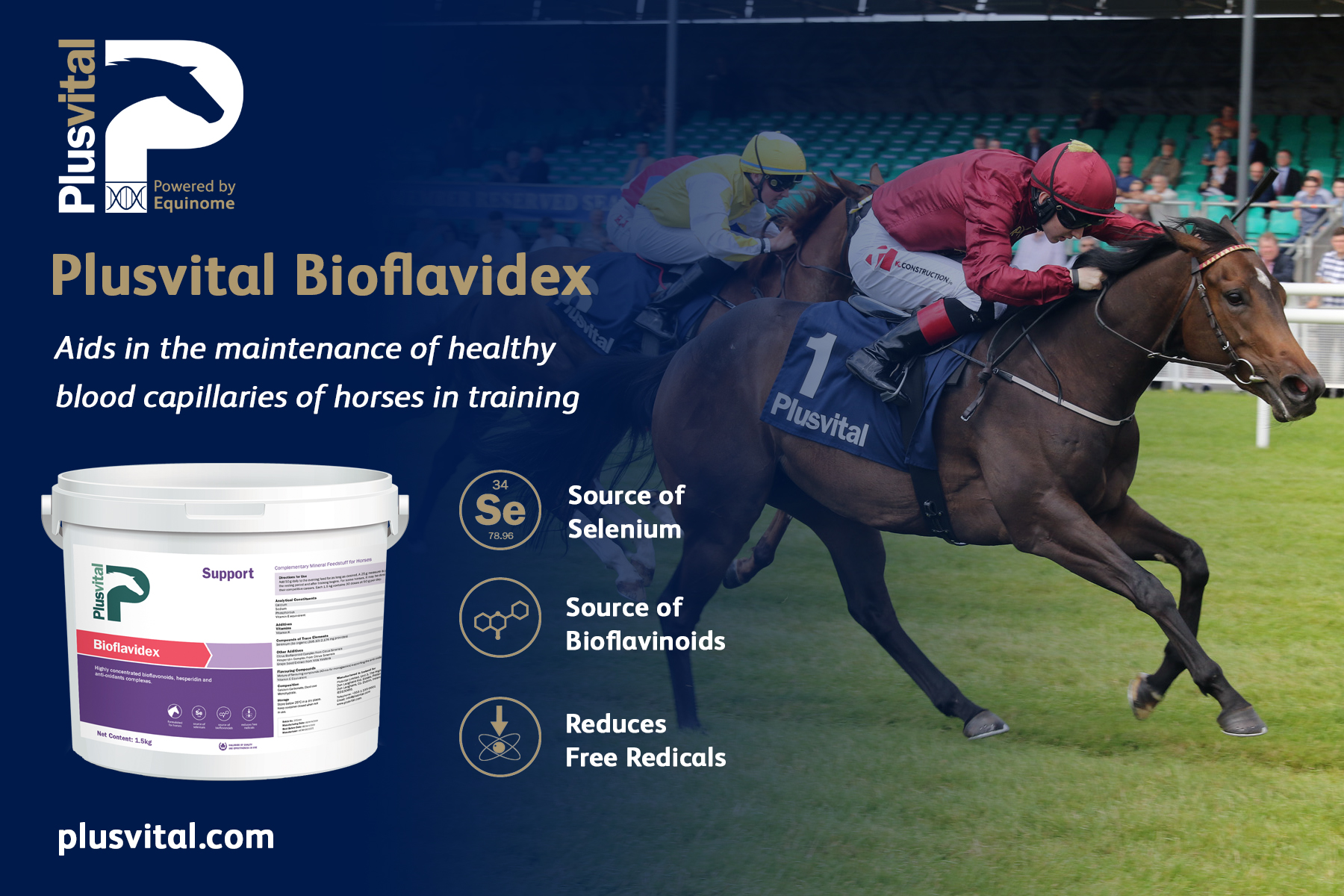Equine Gastric Ulcer Syndrome (EGUS): Causes And How To Prevent It
The equine stomach consists of an upper non-glandular or “squamous” area (food enters into this part from the oesophagus) and a lower glandular region, which are divided by a line in the stomach wall called the margo plicatus. Gastric ulcers can occur in both areas and the umbrella term “Equine Gastric Ulcer Syndrome” (EGUS) is used as a description.













